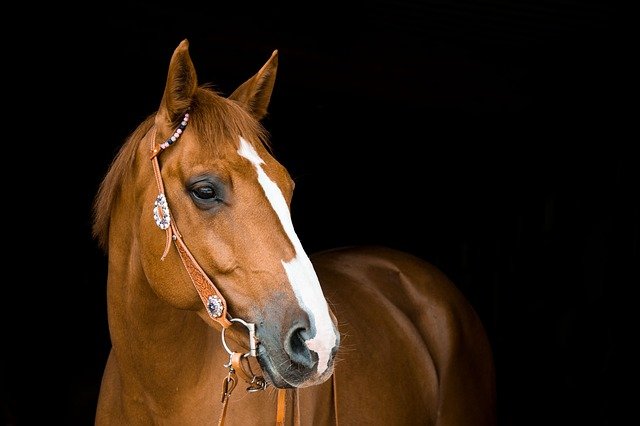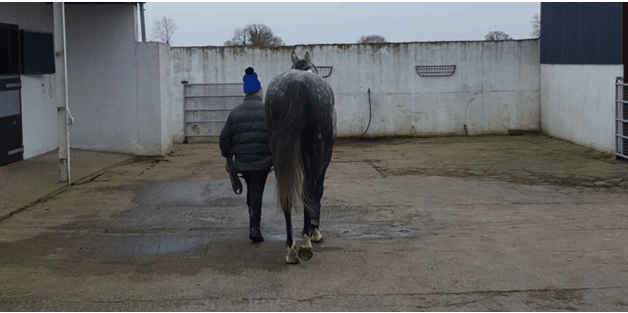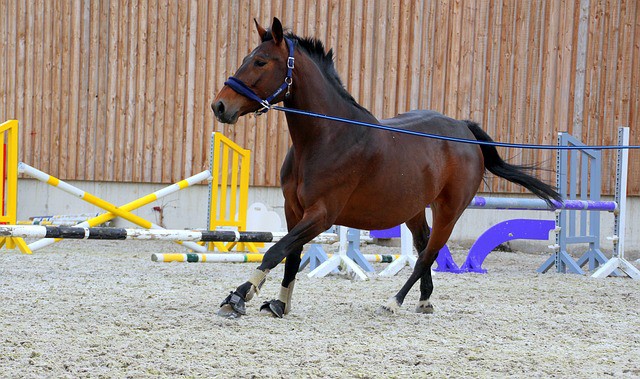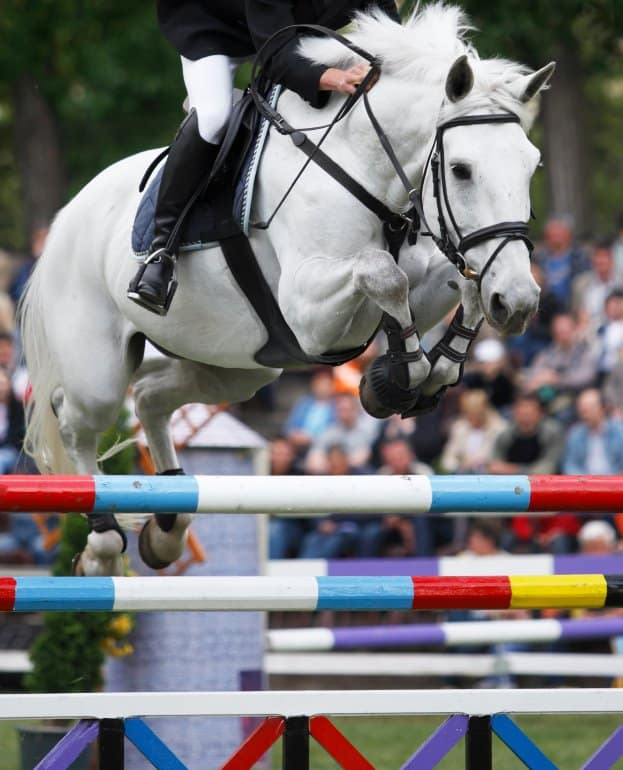So you are in the market for a horse. You have found the perfect specimen, now for the Vet. The old saying that “The Day you buy a Horse, is the Day you sell a Horse,” is so true, it simply means to make sure that you check that the horse is healthy at the date of purchase!
If this is going to be your competition horse, the very least you should get is a 5 stage vetting, and depending on the level of competition and the price you are paying for the horse, you may require X-Rays as well. But Firstly, what does a Five Stage Vetting Involve.

Stage 1. External Examination
The horse is checked against his passport for markings etc, to make sure the horse is the horse that is documented on the passport. The vet will assess the horse for disease or injury, checking legs etc. He will also check the teeth, again checking the dentition is a match to the age displayed on the passport. He will go on to check, eyes, nose, ears etc.
Stage 2. The Trot Up

In stage 2 the Vet will assess the horse walk and trot in straight lines, on trot tight circles on hard ground, and he will also perform flexion tests on all four limbs. The horse will also be asked to turn on a tight circle in the walk and also perform a rein back. All tests are performed to eliminate any underlying conditions or lameness.
Stage 3. The Horse is Exercised.

In Stage 3 the horse is exercised, this can be done under saddle or on the lunge. The horse is worked at the walk, trot and canter, and gallop if ridden, so that his heart rate and respiration are elevated. The Vet will listen to the wind during fast work, to determine if the animal has a wind problem.
Stage 4 The Horse is Rested and Rechecked.
During Stage 4 the horse is allowed to rest, to all his pulse and respiration to return to normal. The vet will check him over; listen to the heart and lungs etc. At this stage he will complete the Vet Form, including markings if not already filled in, and check the Micro Chip etc, again checking all the details against the horse’s official documents.
Stage 5 The final trot up.
During Stage 5 the horse is trotted up once again to check if exercise has brought any problems to the surface. The horse will be flexion tested again and trotted on a tight circle once more to check for any signs of lameness.
At the Final Stage a Blood sample is taken and kept for future analysis, this is just in case the horse was on any medications at the time of vetting that may have masked any illnesses or injury. This blood sample can be kept by your vet for up to 6 months.

A 5 Stage Vetting is very thorough, however, depending on the purchase price of the animal and the level of competition it is to be used for, many equestrian professionals will also request a set of x-rays to be taken at the time of vetting to ensure that the animals joints are in good shape. Such a set of x-rays may include feet, knees, hocks, stifles and spine.
It is always advisable that you use your own vet, when having a horse assessed for purchase. Best of Luck in your search for your Perfect Equine, Happy Shopping!
This Article was originally published in the August 2019 Issue of Irish Sport Horse Magazine.
